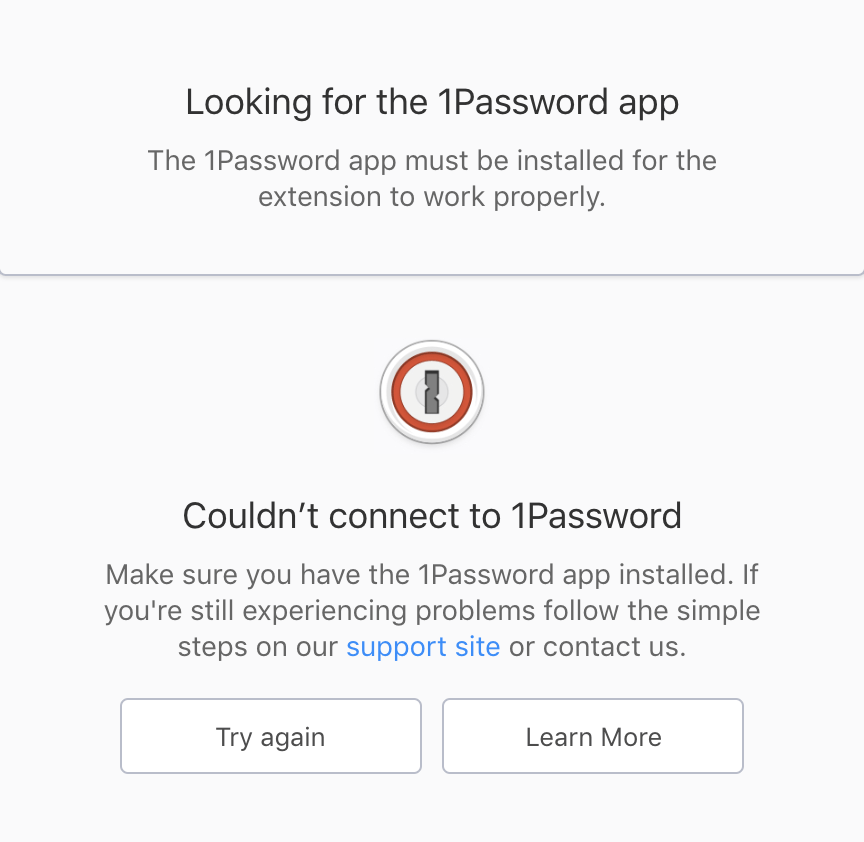- 1password Microsoft Edge Chromium
- 1password For Microsoft Edge Beta
- 1password For Microsoft Edge Mac
- 1password For Internet Explorer
In Microsoft Edge, select Settings and more Settings. Select Passwords, then use the toggle to turn off Offer to save passwords. This doesn't delete previously saved passwords. To do that, select Settings and more Settings Privacy and services Clear browsing data Choose what to clear. LastPass, an award-winning password manager, saves your passwords and gives you secure access from every computer and mobile device. LastPass: Free Password Manager - Microsoft Edge Addons Skip to main content. Make sure you’re signed in to Microsoft Edge using your Microsoft account or your work or school account. At the top corner of the browser, select Settings and more (.) Settings. Select Profiles Passwords. Turn on the toggle next to Show alerts when passwords are found in an online leak. If you always want the newest, shiniest version, you can download the latest beta release of 1Password. Beta releases are still in development so you might experience a few bugs or crashes. Don’t worry though, your data is as safe as ever. 1Password 7 beta for Windows. Requires Windows 10 or later. 1Password beta for Chrome, Edge, and Brave.
About the message
1Password 6.8 for Mac introduced a more reliable method for saving and filling in browsers called native messaging.
Native messaging improves the performance and reliability of the 1Password classic extension, especially when proxies, antivirus, and other security software would otherwise interfere with 1Password. If 1Password is unable to detect support for native messaging in your browser, you’ll see this message.
What you should do
For all browsers
First, try restarting your browser. If you’re still having trouble, follow these steps to allow 1Password to use native messaging in your browser:

Open Terminal, which is in the Utilities folder of your Applications folder.
Copy and paste the following command and press Return:
Open 1Password. Hold down the Control and Option keys on your keyboard and choose 1Password > Quit 1Password Completely from the menu bar.
Open 1Password again.
Restart your browser.
Follow the additional steps below if you use Brave, Vivaldi, or Chrome Canary.
If you use Brave
If you use Brave, make sure you’re using Brave 0.17.19 or later. Earlier versions do not have support for native messaging.


Using 1Password in Brave requires 1Password 7 or later.
If you use Vivaldi
If you use Vivaldi, make sure you’re using Vivaldi 1.11.917.43 or later. Earlier versions do not have support for native messaging.
If you use Chrome Canary or Microsoft Edge
If you use Chrome Canary, follow these steps to allow 1Password to use native messaging in your browser:
1password Microsoft Edge Chromium

Make sure the 1Password app and your browser are both in the Applications folder.
In Finder, choose Go > Go to Folder. Copy and paste the following path and press Return:
Copy the file named
2bua8c4s2c.com.agilebits.1password.jsonto your desktop.Choose Go > Go to Folder. Copy and paste the correct path for your browser and press Return:
- Google Chrome Beta:
~/Library/Application Support/Google/Chrome Beta/ - Google Chrome Dev:
~/Library/Application Support/Google/Chrome Dev/ - Google Chrome Canary:
~/Library/Application Support/Google/Chrome Canary/ - Microsoft Edge Beta:
~/Library/Application Support/Microsoft Edge Beta/ - Microsoft Edge Dev:
~/Library/Application Support/Microsoft Edge Dev/ - Microsoft Edge Canary:
~/Library/Application Support/Microsoft Edge Canary/
- Google Chrome Beta:
Open the folder
NativeMessagingHostsor create it if it doesn’t exist.Drag the file named
2bua8c4s2c.com.agilebits.1password.jsonfrom your desktop into theNativeMessagingHostsfolder.Restart your browser.
Get more help
If you’re still having trouble:
1password For Microsoft Edge Beta
- Create a diagnostics report on your Mac.
- Contact 1Password Support with a description of the problem and attach the diagnostics report that you created.
1password For Microsoft Edge Mac
When you visit a website that requires you to sign in, the new Microsoft Edge will ask if you want your user name and password remembered. The next time you visit the site, the browser will finish filling in your account info. Password saving is turned on by default, but here's how to turn it off:
In Microsoft Edge, select Settings and more > Settings.
Select Passwords, then use the toggle to turn off Offer to save passwords.
This doesn't delete previously saved passwords. To do that, select Settings and more > Settings > Privacy and services > Clear browsing data > Choose what to clear. Next, select Passwords and then select Clear now.
1password For Internet Explorer
Note: This topic is for the new Microsoft Edge . Get help for the legacy version of Microsoft Edge .
